
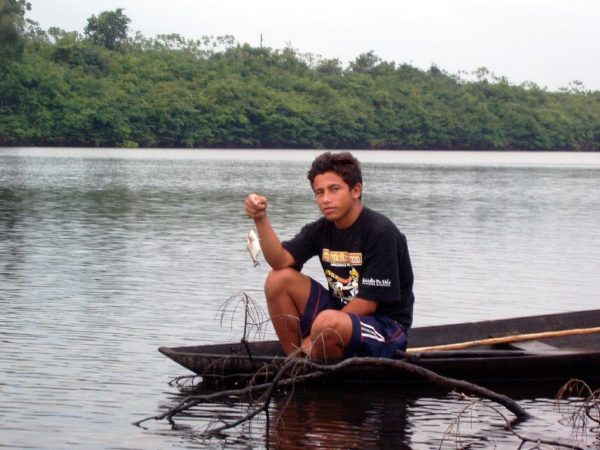
When I first met Railson, he seemed similar to many other 17-year-old boys.
He told me that he liked to fish, said he helped his mother with household chores and above all, he enjoyed hanging out with friends. But there were differences.
For starters, Railson’s usual catch is piranha, the feared razor-toothed residents of South American rivers that can strip the flesh off a large animal in minutes.
The house he helps to clean is a tiny wooden hut built on stilts.
And Railson and his buddies live in a tiny village in one of the most remote regions of the world — the Amazon basin of Brazil, hours by boat from the nearest town or city.
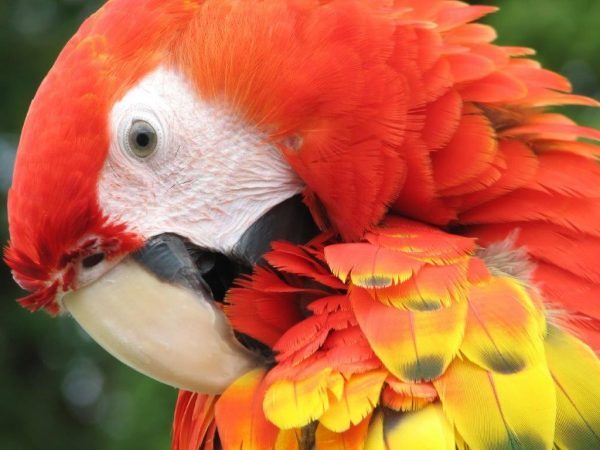
Travel in the Amazon
I met Railson during a visit to Amazonia, the massive rainforest that extends into nine countries, sprawling over an area about the size of India.
The jungle there is so dense that large tracts of forest beneath the tree canopy through which I walked never see sunlight. Much of the ground is blanketed by plants which have adapted to life in deep shadow.
Peering up into the highest tree branches, I made out a tangle of vines that I was certain could prompt Tarzan to howl with delight.
The treetops themselves were alive with colorful flowers that bloom from seeds dropped by careless birds.
Before embarking on this remote jungle experience, I had studied statistics that put in perspective the extraordinary size and impact of the Amazonian ecosystem.
It contains one-tenth of the earth’s vegetation and animal species, and one-fifth of its fresh water.
The 4,000-mile Amazon River is the second longest in the world, surpassed only by the Nile, and 17 of its 1,000-plus tributaries are over 1,000 miles long.
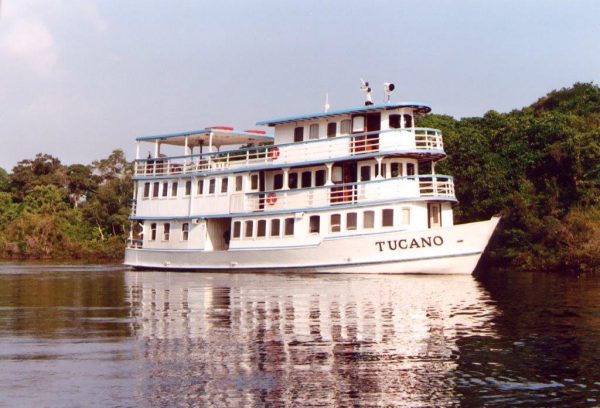
Cruise in the Amazon
Most of my eight-day voyage aboard the Motor Yacht Tucano was on the Rio Negro, a tributary that anywhere else would be considered a major river.
The Rio Negro (pronounced NAY-grow) is nearly 18 miles across at its widest point, and it passes through one of the least developed areas of the Amazon basin, which encompasses huge tracts of unexplored primary forest.
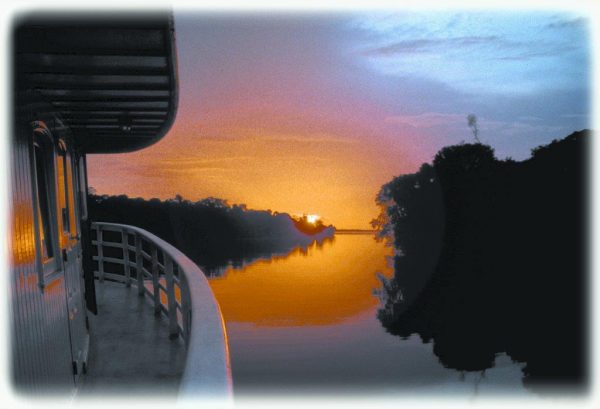
Because some 15,000 species of wildlife make Amazonia their home, visitors may expect to spot herds, and hordes, of animals.
I soon learned that many resident mammals hide away from the river banks in less accessible areas of forest.
Others are shy, elusive critters which are difficult to see, or nocturnal creatures that keep different hours than most people.
Wildlife in the Amazon
Even so, my five fellow passengers and I had opportunities to spot wildlife that most people usually have observed in zoos, if at all.
We saw giant river otter, three-toed sloth and porcupine. Gray and pink river dolphin made brief appearances near the boat, sometimes following its wake in their search for small fish, turtles, crabs and other staples of their diet.
Contrasting with the beauty of their rosy hue were the rather unseemly pig-like grunts and horse-like snorts that they emit.
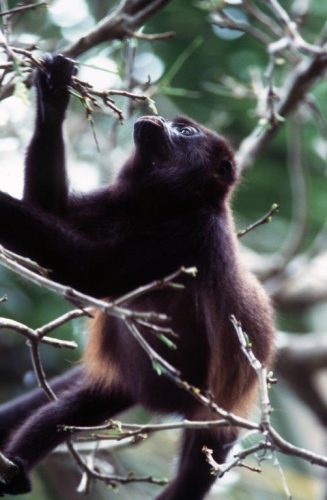
Our extremely knowledgeable, locally-raised guide, Souza, reported that more than 1,800 species of birds live in trees along the Amazonia river banks, more than enough to make the area any bird-watcher’s paradise.
Greater Ani took flight gracefully as our boat passed beneath the tree branches where they sat.
Red-billed Toucan, Scarlet Macaw and Green Ibis lived up to their names in their multi-hued coloration.
We watched several Hoatzin, their heads adorned by a fan-shaped crest, demonstrate their reputation as awkward fliers, and builders of rather messy nests.
During twice-daily excursions in an outboard-driven launch, we enjoyed close encounters with other jungle denizens.
Souza taught us to distinguish caiman, alligator-like reptiles lying in wait for passing food, from the logs they resemble.
And he used a laser to point out long-nose bats clinging to trees on the shoreline.
Hiking through the Jungle
Hikes through stretches of jungle, following Souza as he hacked a pathway through the thicket with a machete, were also productive.
We weren’t lucky enough to spot wild pigs or armadillo, which are on the “may see” list. But Souza did point out what resembled a narrow branch, until two beady eyes identified it as a snake.
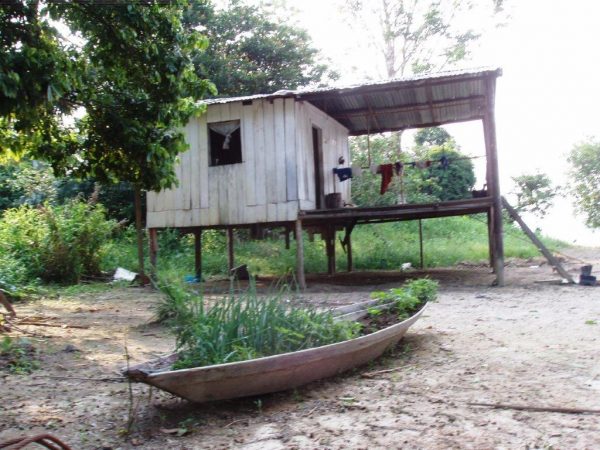
I also watched in awe as some of the most magnificent, and largest, butterflies I’ve ever seen flitted around, just a small sampling – I was told – of many hundreds of types that make the jungle their home.
The treetops often came alive with the chatter and scampering of monkeys. Squirrel monkeys peered down at me as I gazed up at them.
I saw and heard Golden-handed Tamarins, and the yipping sounds of Capuchins as they foraged in the trees.
Howler monkeys lived up to their name, emitting noises that sound variously like a train or the growl of a jungle cat which can carry for two miles.
A pleasant surprise was my fascination with smaller species. I used a flashlight to peer at a fist-sized tarantula hiding in a hole at the base of a tree.
I watched a long column of leaf-cutter ants tirelessly carrying pieces of foliage several times their size to their underground lair. I observed Souza scoop up a handful of Teca ants and rub them onto his skin to serve as a natural mosquito repellent.
Visit to A Indian Village
Equally intriguing was a different kind of life, encountered during visits to several of the isolated Indian villages that line the river banks.
Most houses are made of crudely hewn wood planks covered by a metal roof. Small gardens provide vegetables; the surrounding forest adds fruits, nuts and medicinal plants, and the river yields piranha and other fish.
The majority of houses rest on rickety stilts that keep them from being inundated during the rainy season, when the river rises up 40 feet or more. A few are floating structures, which rise and fall with the water.
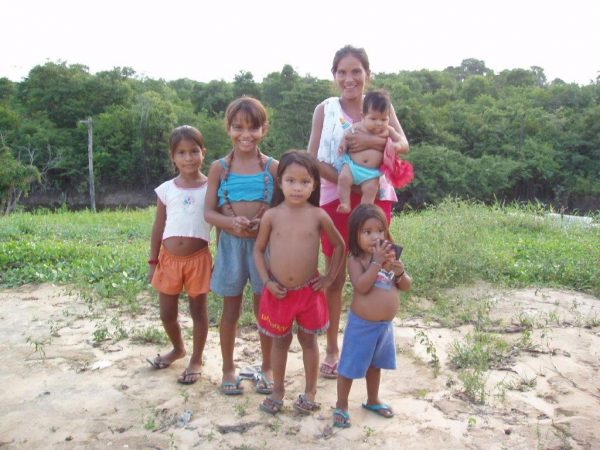
People have learned to cope with a waterborne existence for months at a time, getting around in dugout canoes.
Those fortunate enough to own a few chickens, ducks or even a goat herd their livestock onto a raft tethered to their house, where the animals eat, sleep and wait for the water to subside.
As we arrived at each village, a handful of people came to the river’s edge to greet our launch. Some offered seed and shell necklaces, woven baskets and other handicrafts for sale.
Amazon Plant Life
Encountering the basic existence of the Amazonian Indians put a human face on facts and figures about the extent, and impact, of deforestation.
This is of concern because Amazonian plant life produces one-third of the earth’s oxygen.
Multinational timber and mining firms have been ravaging the jungle for years. Soybean and other farming is clearing increasing acreage.
It’s estimated that an area of forest the size of Switzerland disappears every year, which means that 85% will be gone by the middle of this century.
Awareness of the impact of deforestation has prompted increased conservation steps.
Brazil’s government is protecting more land in parks and reserves, and has made large tracts of forest off-limits for development, logging and clearing for agriculture.
Conservation is taught in schools, and promoted at home.
More people are learning that fruit, nuts, wild game and other resources from the forest provide an endless source of income over a longer period than clearing the land for other uses.
Even with damage that has been done, vast areas of the Amazonian jungle remain to be experienced.
That can mean peering at animals in the treetops from a river boat, tramping through the jungle thicket and interacting with village dwellers like Railson.
If You Go to the Amazon
The January to May rainy season brings heavy but usually brief downpours. That is when rivers rise dramatically, and plants and trees fruit and flower, attracting animals to the water’s edge.
The high water enables boats to reach areas inaccessible at other times of year.
During the dry season, roughly June to December, rivers run shallow, and white sand beaches – excellent for a refreshing swim – appear.
Animal-watching is good near pools of water where wildlife congregates, and birds gather to feed upon migratory fish that lay their eggs.
The M/Y Tucano on which I sailed accommodates up to 18 passengers in air conditioned staterooms that are compact but quite comfortable.
The buffet meals are excellent, featuring local produce, fish and other fare. Crew members are extremely pleasant and helpful, and the guides are eager to share their vast knowledge of the Amazon.
For more information, call Latin American Escapes at 800-510-5999 or log onto latinamericanescapes.com.
Author Bio: After gallivanting throughout the United States and to more than 75 other countries around the world, and writing about what he sees, does and learns, Victor Block retains the travel bug. He firmly believes that travel is the best possible education, and claims he still has a lot to learn. He loves to explore new destinations and cultures, and his stories about them have won a number of writing awards.
